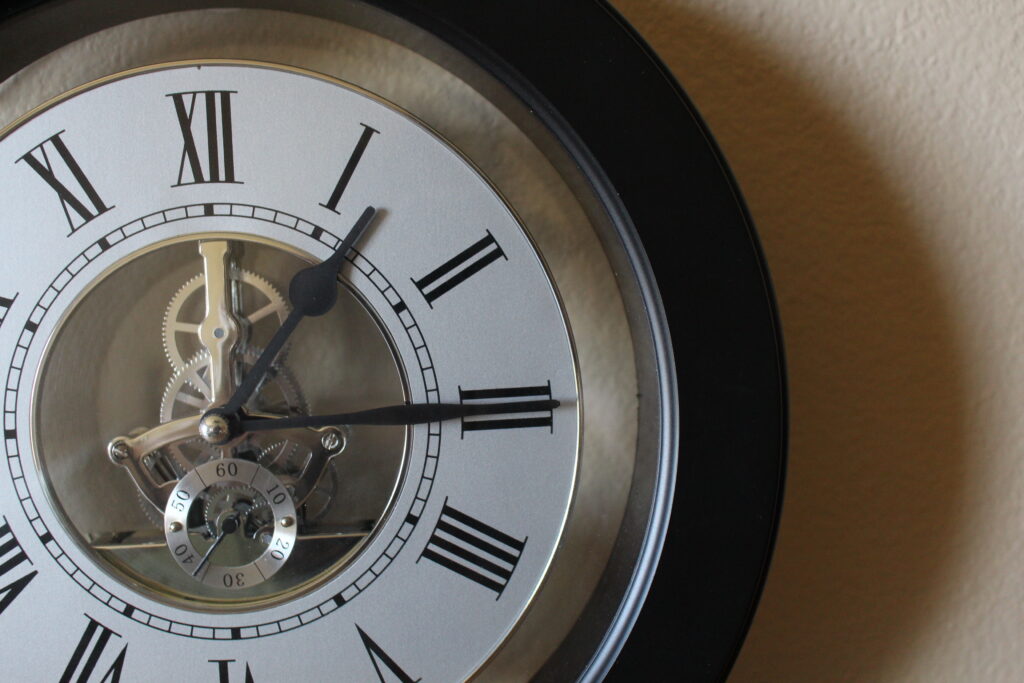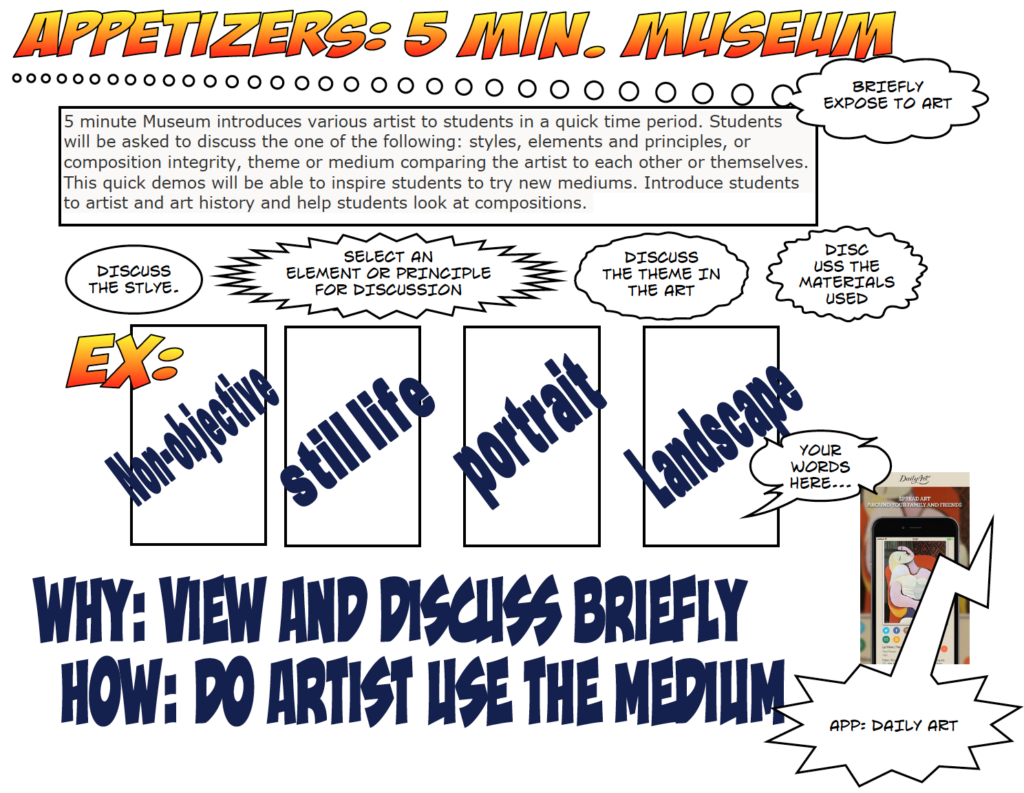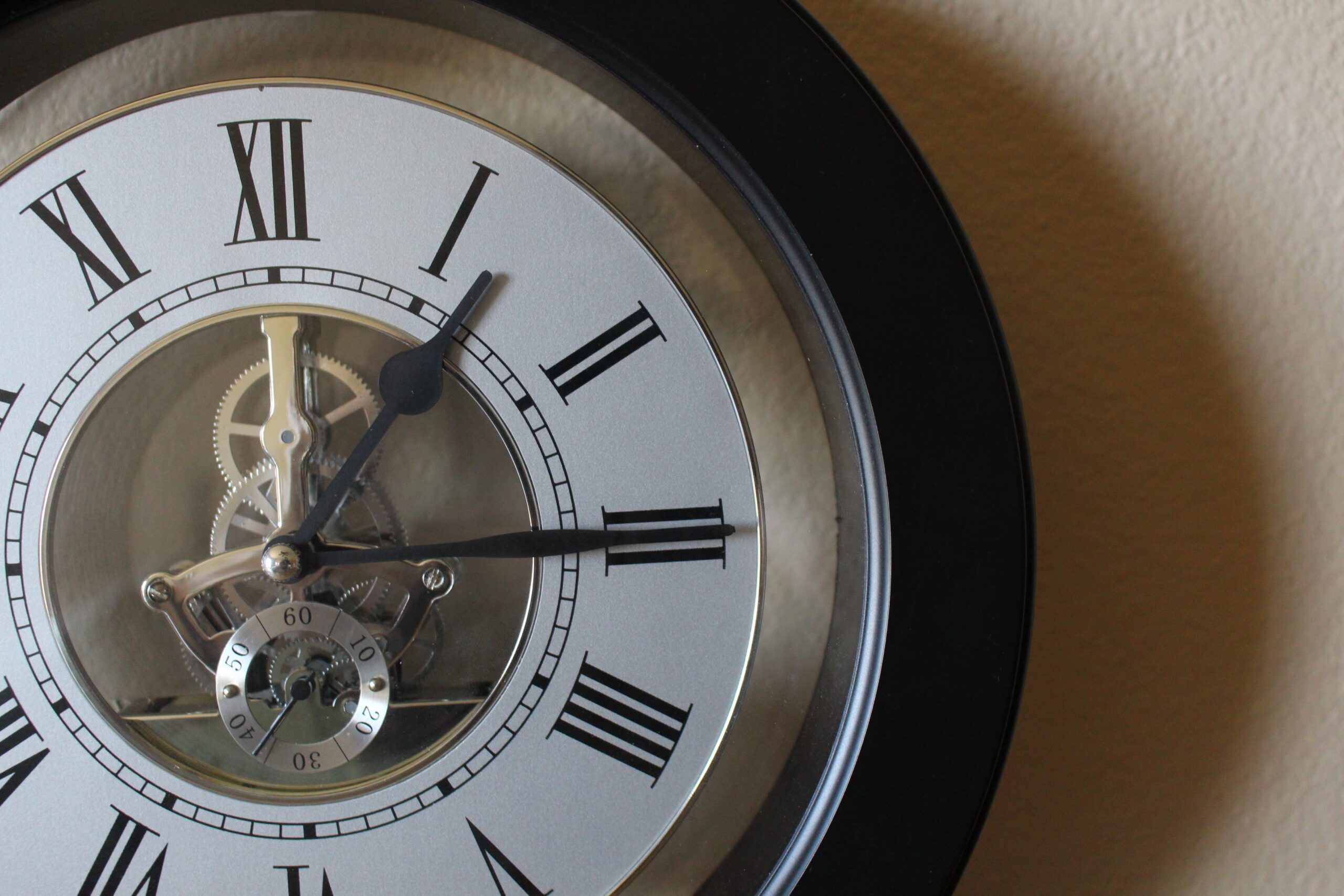If there is one resource art teachers can always use more of, it’s time! Time to delve into the new material you have been itching to try, time to reflect and critique artwork individually or as a whole group, time to clean up and make sure supplies are properly put away and cared for, and time to plan and reflect on your own teaching practice.
There just never seems to be enough time!

An unfortunate consequence of ongoing time restraints is that some components are trimmed or cut completely out of our teaching repertoire. For me, this was often art history. I never felt that I truly incorporated art history and contemporary artists into my curriculum as well as I should.
The constant need for more time and a particular focus on art history is what drew me to the work of Jamie Roeber. Jamie, a veteran high school art teacher from Colorado, is also a recent graduate of AOEU’s Choice Based Art Education course; which is where I had the privilege to review her work. In this course, Jamie was inspired by the idea of a “5 Minute Museum” found in the book Engaging Learners Through Artmaking: Choice-Based Art Education in the Classroom by Katherine Douglas and Diane Jaquith. Jamie designed her own “5 Minute Museum” allowing her to expertly weave art history into her curriculum, all the while preserving precious work time.

Jamie agreed to share her work for the good of art teachers everywhere. You can download Jamie’s entire “5 Minute Museum” right here to use directly in your classroom or as a springboard for your own 5 Minute Museum activity.
Download The PDF Now!
How does a 5 Minute Museum work? It’s beautifully simple.
- Students view five pieces of artwork and are prompted with 1-2 questions. Questions are designed with a big topic in mind such as themes, composition, etc.)
- From here students write and sketch in their sketchbooks.
- Finally, the teacher leads a Think-Pair-Share ending in a whole-group discussion.
The best part is this process is repeated at the beginning of every class. Students become so well-versed that all this occurs in just five minutes!
What I love about Jamie’s design is that it aims high, as in Higher Order Thinks Skills (HOTs), and encourages students to think BIG. She has scrapped the multi-slide PowerPoint of individual artists (that I am guilty of) and instead presents five artists at a time, with prompts to help her high schoolers compare and contrast topics like styles, elements and principles, composition, integrity, themes, and media.
Jamie’s methods are simple, yet inspiring. This brilliant activity sets the tone for work time and helps students transition. Students leave the discussion with a spark. They are primed and ready to dive into their own creative work.
How do you weave art history into your curriculum?
Do you have any bell-ringer activities to share?
Magazine articles and podcasts are opinions of professional education contributors and do not necessarily represent the position of the Art of Education University (AOEU) or its academic offerings. Contributors use terms in the way they are most often talked about in the scope of their educational experiences.





